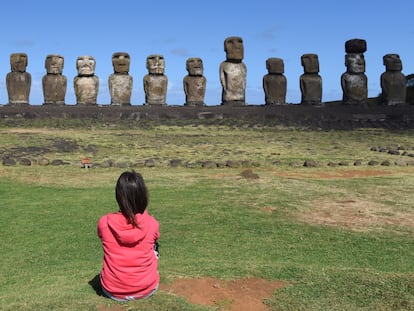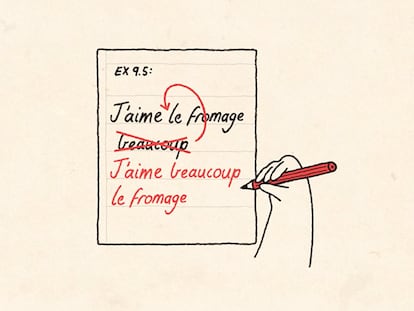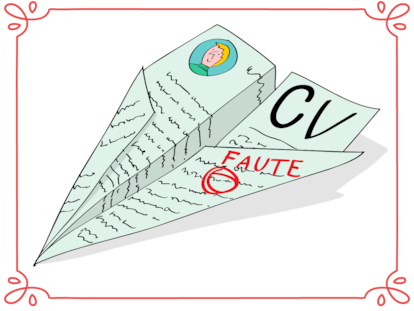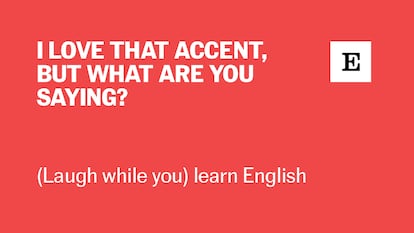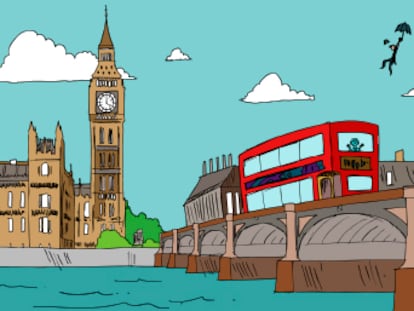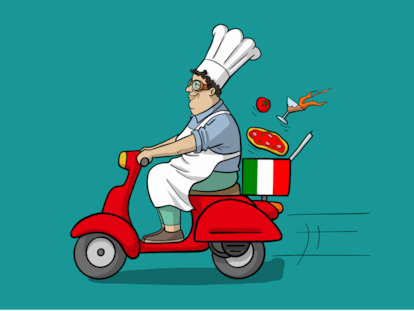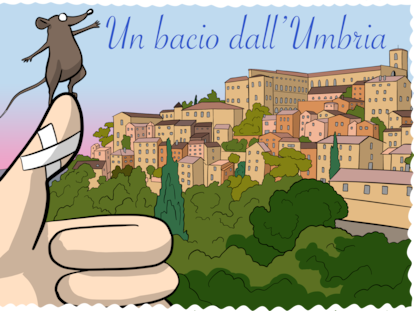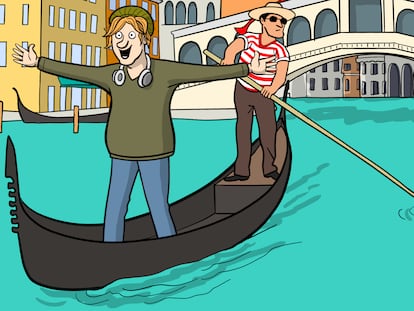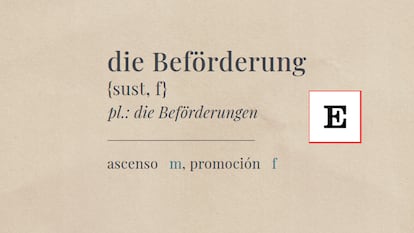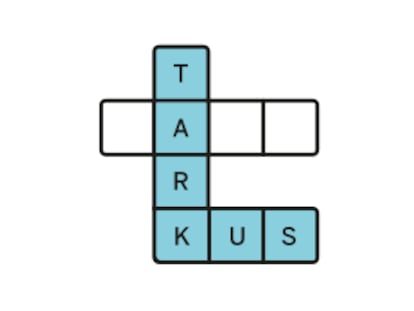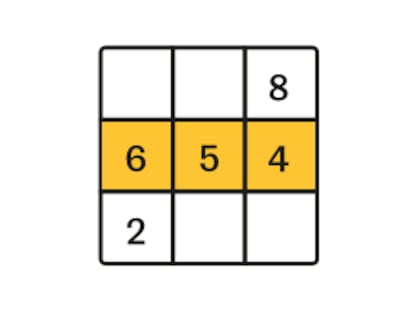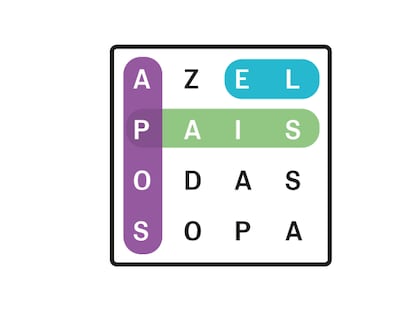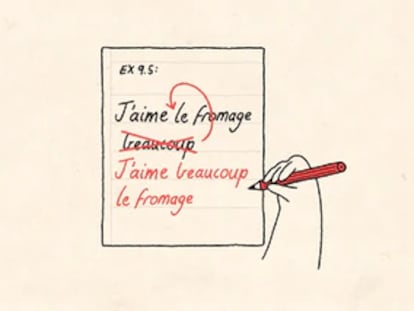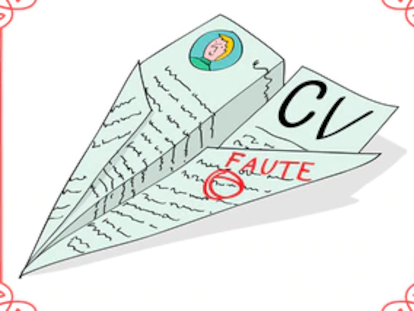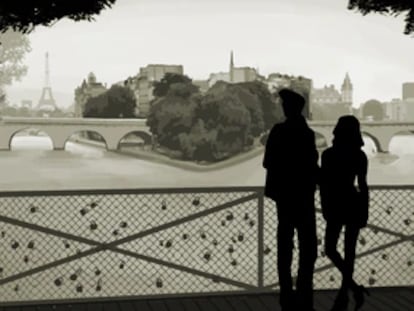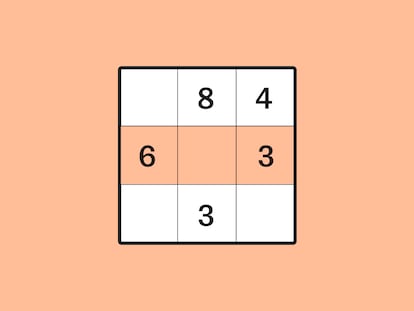Deciphering Puerto Rico and the love for its roots
After Donald Trump’s return to the White House and the release of Bad Bunny’s latest album – an image of the Caribbean island filtered through its past –Puerto Rico is once again generating international interest. But what do those who live there feel, and what is it like on the streets?
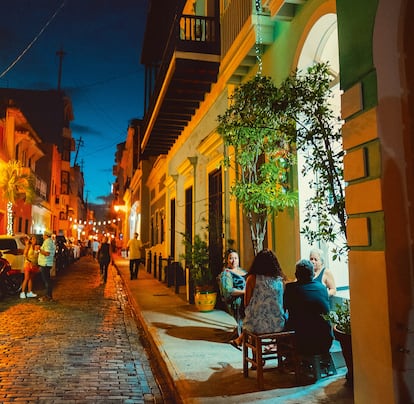
It is a fact that in the Caribbean, troubles are dealt with through dancing, singing and laughing, clinging to humor with a laughter that combines tears, helplessness, frustration, relief and amusement. Also, for a few decades now, it has also been useful to know the perreo.
It has always been this way, but now Puerto Rico is experiencing a cultural phenomenon. It has been pushed under the international spotlight by the Bad Bunny album which has reached number one on various platforms. And its success is being felt in Puerto Rico in a visceral way. For in Puerto Rico we are a deeply autobiographical people; we are inclined to tell our lives to strangers at the drop of the hat. But Bad Bunny’s new album, Debí tirar más fotos, sells itself as a sort of collective biography that tries to tell the world what it feels like to be Puerto Rican at this moment in time. With its contradictions, an anti-colonial political stance, pro-independence sentiment and direct denunciation of phenomena such as gentrification, corruption, mass migration and the structural debacles that generate it, the album has struck a chord. There is also the collapse of the educational system and the ever-increasing presence of Americans, especially on the coast and encouraged by the State, which has impacted daily life.
In July 2019, after an exposed homophobic and sexist online chat led to the resignation of former Governor Ricardo Rosselló and his closest advisors, there was joking talk of a bright future, of a “Puerto Rico without Puerto Ricans.” The formula is well known in impoverished countries that have colonial backgrounds or that have been turned into tax havens: the owners will come from outside while the locals serve them. The country is turned into a resort available to the highest bidder, with locals grateful for a poorly paid job, if they can get it. Meanwhile, an upper middle class is beholden to whoever owns the land.
Although the State denies there is local displacement in the island as wealthy foreigners snap up real estate, no one here could resist a bitter laugh at the scene in the Bad Bunny video in which an American woman at a gentrified bakery takes an order and offers the customer a “quesito without cheese.” The laughter is triggered by the fact that, far from being a future scenario, this sort of thing is already happening.
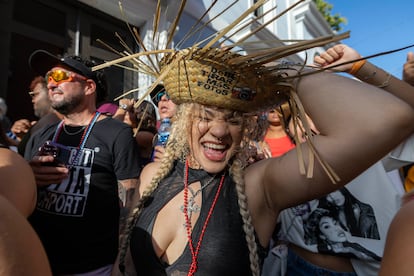
“The album is nostalgic for the Puerto Rico of the past and examines the concept of being Puerto Rican in the face of physical and cultural displacement. I’m speaking about songs like Lo que le pasó a Hawaii (What happened to Hawaii), an archipelago where the culture was Americanized, and the album tries to answer the question: what is Puerto Rico,” says historian Jorell A. Meléndez Badillo, from the University of Wisconsin-Madison and author of the book Puerto Rico: The Story of a Nation (Planeta, 2024); He was also entrusted with the historical footnotes on the visuals of the Bad Bunny songs.
“There are many Puerto Ricos, which different people, depending on their identities and race, gender and class, experience in different ways,” adds Meléndez Badillo. At the same time, he points out that the image of Benito Antonio Martínez Ocasio (Bad Bunny’s real name) wearing the pava – the traditional peasant hat – and the insistence on the return to the countryside is deeply problematic because of all the identities it ignores, particularly the denial of the slave-owning past. “There is an idealization of a certain Puerto Ricanness that belongs to the hidden Puerto Rico, the one that tourists don’t know... a place that is still ours, although Airbnb is already arriving,” says the historian.
The thing is, the Airbnbs suddenly have electricity and water cuts. And the roads to these places often have no streetlamps. Arriving by public transportation is an adventure, food is expensive and the lack of housing for locals sits ill with the beautifully converted buildings available only to the elite. In short, the crisis. The same one that did not begin with the Donald Trump presidency. Instead it started around 2006, with a government shutdown that took place even before the U.S. credit crisis. The same one that is characterized by unpayable debt, and the U.S. government imposition since 2016 of a Fiscal Control Board that decides what is or is not essential in the country; and then there are the hurricanes and the earthquakes and the floods and the pandemic and the popular revolt and people leaving en masse and the drop in birth rate and all the accumulated failures.
Of course, Puerto Rico is still beautiful in spite of everything. It has incredible beaches and friendly and hospitable people. To be here is, perhaps, to feel oneself in a bubble but with a worrisome future whispering in your ear, the same ear through which you are hearing the irresistible music and the sound of the sea that for a moment persuades you everything is fine. But hostile forces are on their way and Puerto Rico is beginning to feel as though it is under siege. Trump’s second presidency has already directly impacted the stability of the island’s economy, as it is tied to the flow of federal funds. Puerto Rico is known to be a political football and Puerto Ricans are waiting to be kicked about.
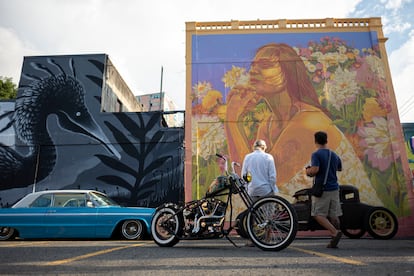
So, when danger approaches, you have to flee from the coast to the mountains, and take refuge. Somehow, although its symbolism can be as conflictive as any cultural nationalism project, Bad Bunny’s album is considered something of a refuge, a sonorous space through which these troubles can be channeled while being enjoyable at the same time. It’s a combination of our native rhythms, like the jíbara and plena, diasporic salsa and the always impure reguetón with its dose of reality. It is as if to say, “inside we resist, inside we can have a little more freedom.” Or perhaps the idealized return to the symbolic rural values is a nod to the failure of a country to be part of the modern world putting it back where it started. Meléndez Badillo is interested in that point of view. “We talk about migration but not about the structures and the multiple crises that generate it, about the design behind it,” he says.
According to the historian, “We also see a failed state without the capacity to build a hegemonic culture.” He celebrates the fact that the notion of being Puerto Rican is coming from the cultural world while the fact that it is being flagged up by Bad Bunny “is important in the face of displacement. At the same time, it is a national reaffirmation I’m not sure corresponds to reality and denies other Puerto Ricanness.” But, he adds, “It seems to me that affirming the flag, the Spanish language, the peasant hat in this historical moment is super important... and that feeling has touched a chord with a generation that has only known crises. Part of the colonial project in this stage of displacement is also the rupture, the erasure of the collective memory, and there is an attempt to take back that Puerto Ricanness,” he says, though he adds that of course Bad Bunny “is an artist, and we cannot ask him to solve everything.”
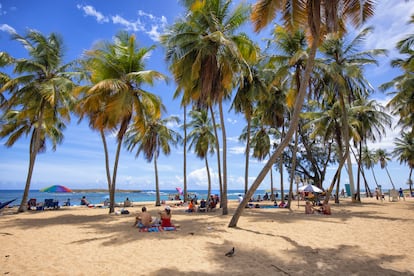
Soundtrack to tradition
January marks the traditional San Sebastián street festivities, and this year their soundtrack was Bad Bunny who has spoken to generations who were unaware of their own country’s roots. Pavas were being sold on every corner and there was a general feeling of contentment, of pride, of joy for being who we are, whatever that means to each one of us. We all fit under the brim of Bad Bunny’s pava.
One house that managed to feature in numerous photographs is the home of writer Magali García Ramis, an indispensable voice in Puerto Rican literature. She is a fan of the fiestas and, every year, she hangs a flag on her balcony to greet visitors to the city. This time she added a message from the song Lo que le pasó a Hawaii. “They want to take away my river and also the beach / They want my neighborhood and for your children to leave / No, don’t let go of the flag or forget the lelolai / I don’t want them to do to you what happened to Hawaii”.
The photos went viral. People were calling for her to lean out and pose. It was clear that she had struck a chord. “Although it may seem like a cliché, for us this is what it means to be Puerto Rican... People came and took the picture with their hand on their heart,” says the author. The anecdote reminds us of what writer Luis Rafael Sánchez once said: “Puerto Rico is a country of gestures, not of deeds. Puerto Ricanness survives in the gestures of everyday life.”
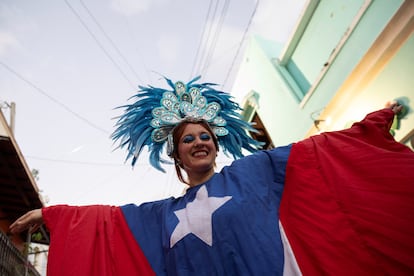
“In Hawaii, we saw the marginalization of the native people, and of their culture, except for what can be sold as exotic. We saw how they burst in, just like here, always with their Protestant religion, their better schools and hospitals,” says García Ramis, who adds that in Old San Juan “they are buying up everything,” without respecting the patrimonial requirements. “They are getting rid of the arched soles truncos in doorways of the houses, and the railings. They are people who have no connection to the history of this place. They speak English and demand that everything be in English. It has changed the culture of the city,” she says.
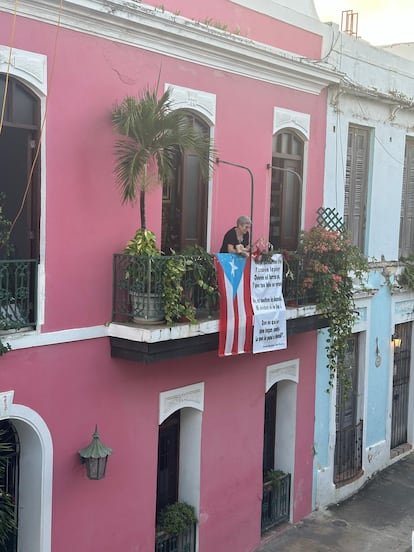
But anyone coming from Europe or Latin America “is pleasantly surprised to see that we speak Spanish here, that the multiple cultures that make up the average Puerto Rican are alive and kicking. Puerto Rico is a territory that belongs to the U.S., and Congress decides what to do, and our absolute lack of sovereignty is also felt, but Puerto Ricans – the nation that is, not the territory – we are something else,” says the author who has written such iconic texts as Happy Days and Uncle Sergio, and who points out that the first work of Puerto Rican literature is entitled, El Gíbaro, a conflictive and unifying peasant figure which is resurfacing now as a response to social reality.
The pava hat, García Ramis believes, has proved a practical symbol and reminds Puerto Ricans that “those jíbaros were not only white.” Then there is the coastal and urban regions that feature the circles of plastic chairs. The same ones that are used in any family party marking that moment where the pleasures of a nation converge: the family, memories, the joy of getting together to laugh at tragedy.
Sign up for our weekly newsletter to get more English-language news coverage from EL PAÍS USA Edition
Tu suscripción se está usando en otro dispositivo
¿Quieres añadir otro usuario a tu suscripción?
Si continúas leyendo en este dispositivo, no se podrá leer en el otro.
FlechaTu suscripción se está usando en otro dispositivo y solo puedes acceder a EL PAÍS desde un dispositivo a la vez.
Si quieres compartir tu cuenta, cambia tu suscripción a la modalidad Premium, así podrás añadir otro usuario. Cada uno accederá con su propia cuenta de email, lo que os permitirá personalizar vuestra experiencia en EL PAÍS.
¿Tienes una suscripción de empresa? Accede aquí para contratar más cuentas.
En el caso de no saber quién está usando tu cuenta, te recomendamos cambiar tu contraseña aquí.
Si decides continuar compartiendo tu cuenta, este mensaje se mostrará en tu dispositivo y en el de la otra persona que está usando tu cuenta de forma indefinida, afectando a tu experiencia de lectura. Puedes consultar aquí los términos y condiciones de la suscripción digital.
More information
Archived In
Últimas noticias
Millennia-old Yuracaré language resists extinction through 900 speakers and a new dictionary
Susan Boyle prepares a comeback just as Timothée Chalamet sings her praises
Trump suspends green card visa lottery after shooting at Brown University
When things get out of hand at the lab: Hundreds of accidents expose the ‘catastrophic’ risk of dangerous pathogen leaks
Most viewed
- Christian Louboutin: ‘Young people don’t want to be like their parents. And if their parents wear sneakers, they’re going to look for something else’
- Cartels in Mexico take a leap forward with narco-drones: ‘It is criminal groups that are leading the innovation race’
- Liset Menéndez de la Prida, neuroscientist: ‘It’s not normal to constantly seek pleasure; it’s important to be bored, to be calm’
- ‘El Limones’ and the growing union disguise of Mexican organized crime
- The low-cost creative revolution: How technology is making art accessible to everyone

